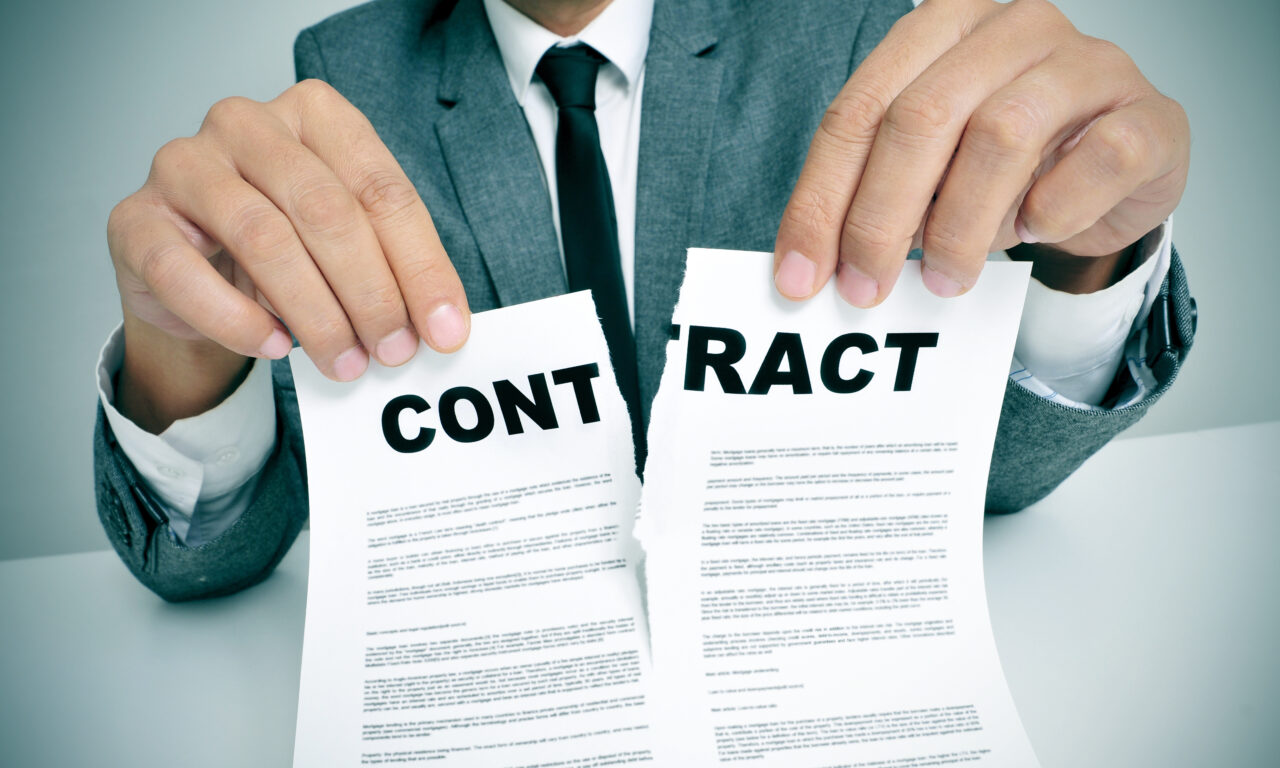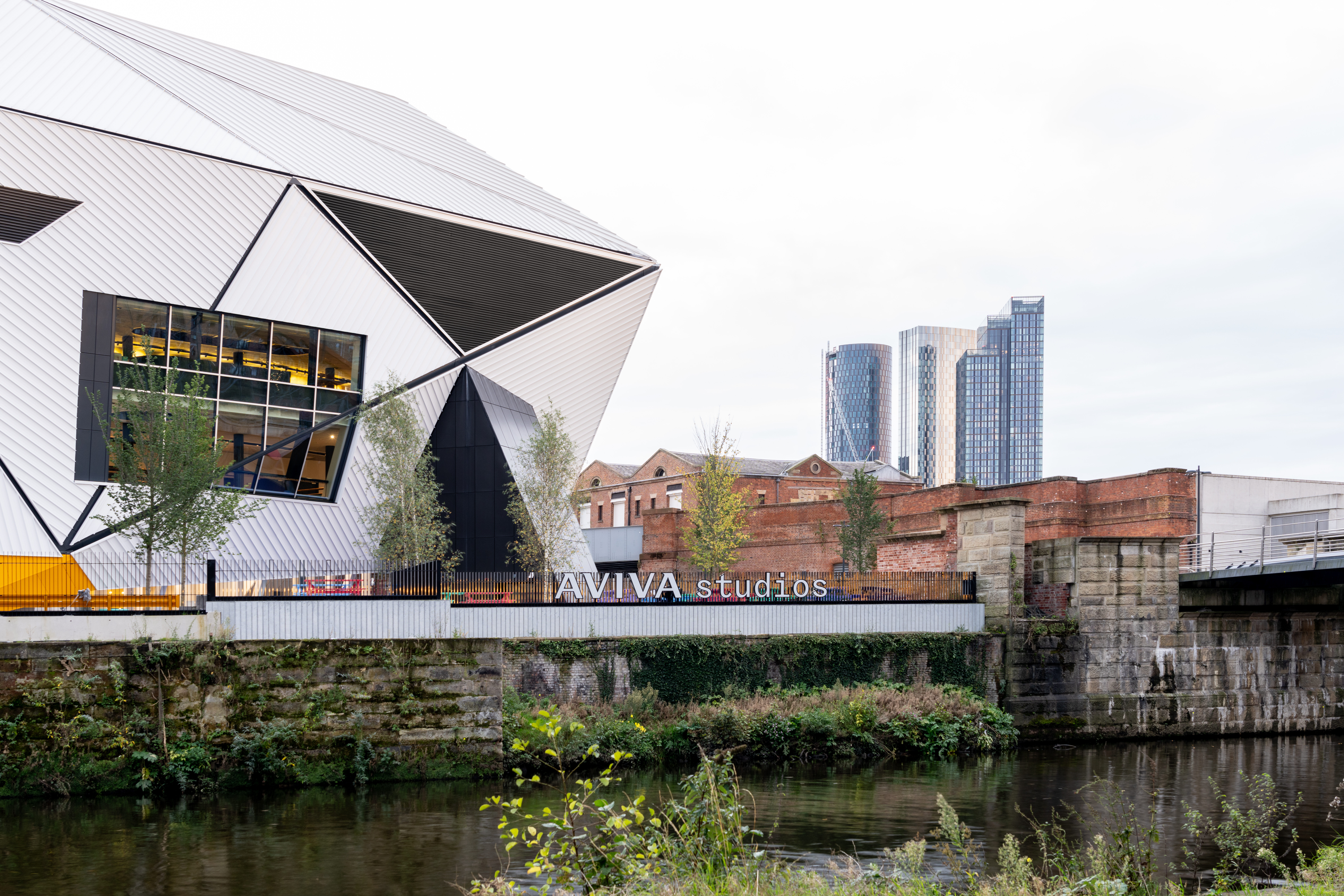Sponsorship agreements: What to do when your partner decides to walk away

For sponsorship managers there are few words more terrifying than: “We need to talk about our sponsorship agreement.”
Sponsorship agreements are meant to be long-term partnerships. But when a sponsor decides to pull out early—whether due to financial pressures, a change in strategy, or simply a loss of interest—it can send rights holders into a commercial tailspin.
The stark reality is this: sponsors usually have more power in a dispute than the rights holder. They have bigger legal teams, deeper pockets, and, most importantly, less to lose. A club, event, or organisation that has spent the sponsorship income, baked it into budgets and made commitments based on multi-year sponsorship agreements is left scrambling. Do they fight a legal battle they can barely afford, or do they accept a settlement for a fraction of what was promised?
Why sponsors may want out
Brands don’t wake up one morning and decide to walk away from a sponsorship. It happens for a reason, and most of the time, rights holders won’t see it coming.
For companies, the justification is usually framed as a business decision. Economic downturns, declining profits, or shifting marketing priorities can make a long-term sponsorship deal seem like a luxury they can no longer justify. When budget cuts come, sponsorship is often one of the first areas to be re-evaluated—especially if the CFO doesn’t see a direct link between the sponsorship and revenue growth (see our article 'Show me the money' for more on that)
Other times, the issue isn’t financial—it’s about disappointment. A sponsor who signed on with expectations of global TV exposure won’t be thrilled if the team fails to qualify for the Champions League. A brand that aligned itself with a growing event may start pulling back if attendance figures stagnate or decline. Some sponsors simply fall out of love with the partnership, often because the internal decision-makers who championed the deal have left, and their replacements see it as someone else’s mistake to clean up.
In other cases, a sponsor might decide that there are bigger and better opportunities elsewhere. This is the argument being made about Ineos, which is reportedly walking away from multiple sponsorships—including Tottenham Hotspur, New Zealand Rugby, and Ben Ainslie’s America’s Cup team—while investing heavily in Manchester United, where Sir Jim Ratcliffe is now a part-owner.
Whatever the reason, the question remains: what can rights holders do about it?
The legal reality: Can sponsors walk away?
The first instinct of many sponsorship managers when a brand tries to exit a deal is to point to the sponsorship agreement.
The problem? That contract isn’t a magic shield. Even if it states in black and white that the sponsor owes another $5 million over the next two years, actually enforcing that is another matter entirely.
If a sponsor pulls out of a deal early, the theoretical value of what the rights holder is owed the full value of the remaining contract. The reality however, is:
[Remaining sponsorship fees] – [Legal costs] – [Hardship of actually fighting for the money]
This last part—the “hardship cost”—is what makes sponsorship disputes so uniquely difficult for rights holders.
Legal fees can easily stretch into hundreds of thousands of pounds, and even if the rights holder wins, the process could take years. In the meantime, the money is gone, and there’s no guarantee of recovery.
James Felt, Senior Consultant at Radius Law, points out that sponsors—especially large corporations—often build in escape routes to sponsorship agreements:
“Ineos will most likely built in some ‘back doors’. They can be options related to performance commonly but could be contingent on many external factors such as RoI data or even the company’s financial performance. Even when nothing is expressed, some sponsors may risk threats of litigation as cheaper than the sponsorship due, especially when the sponsor is huge.”
Some sponsors exploit this reality. They know that dragging out a legal battle will financially and operationally exhaust the rights holder. In extreme cases, sponsors could deliberately stall payments, forcing rights holders into financial distress, knowing it will pressure them into accepting a lower settlement just to stay afloat.
Negotiating an exit: The sponsor’s playbook
Because outright termination is often not an option, sponsors typically pursue one of three exit strategies:
- A reduced buyout settlement – The sponsor offers to pay a lump sum that is significantly less than the full contract value, knowing the rights holder may have no better option.
- A phased withdrawal – Rather than exit immediately, the sponsor scales back the partnership, cutting rights or payments before a full exit.
- Replacement sponsorship strategy – The sponsor helps find a replacement brand to take over the deal, though this is rare and usually only happens when the brand wants to leave with its reputation intact.
According to Rob Powell, Senior Associate at Bristows LLP, rights holders may actually benefit from a settlement, as long as the market for sponsorship remains strong:
“It’s not ideal for a rightsholder to have a partner in its stable that desperately wants out and isn’t leaning into activating. It may feel it can have its cake and eat it too—take, say, 60% of the remaining partnership fees for the term, and allow the sponsor to ‘buy themselves out’ in the knowledge the club can go back out to market and get a new partner (effectively being double paid for a certain period).”
However, this only works if the rights holder is in a strong commercial position—something that isn’t always the case. In most cases, the sponsor is in control of the negotiation. They are choosing to exit, while the rights holder is reacting. That dynamic makes it difficult for rights holders to extract full value from a departing sponsor.
What can rights holders do?
If a sponsor decides to leave, the rights holder is left with a limited set of choices:
- Fight for full payment – Enforce the contract, demand full fees, and prepare for a long, costly legal battle.
- Negotiate a settlement – Accept a reduced payment to exit the deal cleanly, often taking half or less of what was originally owed.
- Secure a replacement sponsor – If a new brand can be found quickly, the financial impact is reduced, but that’s easier said than done.
For most rights holders, negotiation is the only real option.
Legal battles rarely work in their favour—even when they win, they still lose in terms of legal fees, lost time, and the damage done to their commercial reputation. The challenge is extracting the best possible settlement while protecting future revenue streams.
One way to strengthen their position is by building stronger sponsorship agreements from the outset. This means:
- Upfront payments – The more sponsorship income is received in advance, the less risk of an early exit.
- Heavy exit penalties – Clauses that require sponsors to pay a significant percentage of remaining fees if they leave early.
- Strong commercial relationships – The deeper the partnership, the harder it is for a brand to justify walking away.
For best practice in sponsorship agreements see our article 'Sponsorship contracts what could possibly go wrong'.
If you found this article useful you can subscribe to The Sponsor for full access to all practical tips and sponsorship insights.
This article was written by Sean Connell, Editor, The Sponsor.









